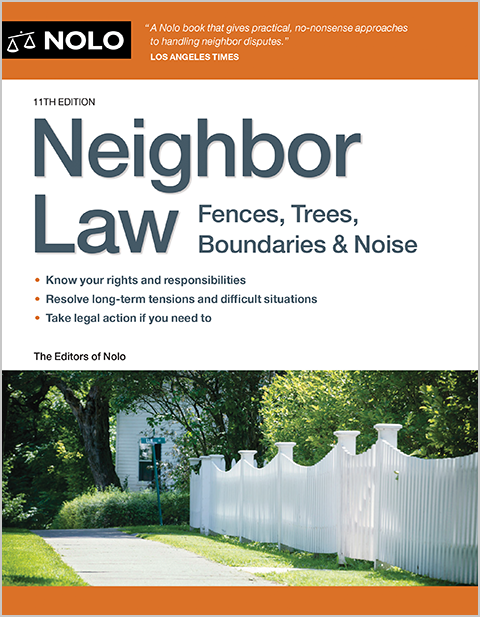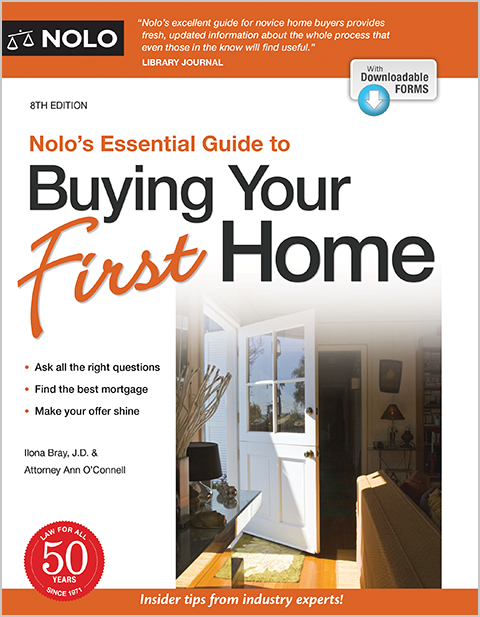Your HOA's governing and other relevant documents might look like boiler plate, but make sure you can live with the restrictions they place upon your life.
So, you've found a condominium, townhome, or regular home in a common interest or planned development you'd like to buy. Maybe you are attracted to the gated security, or amenities such as a pool, gym, or private beach. However, the positive aspects of these communities come with added costs and conditions.
By buying property in a development, you agree to be a member of the homeowners' or condominium association (HOA), which runs the development. And, you agree to abide by a bunch of rules: specifically, the terms, conditions, and restrictions contained in a set "governing documents". These might cover everything from how much you'll pay in assessments to whether you can rent your place out to what color you can paint its exterior. With so much at stake, it's worth taking the time to actually read what's in these documents!
As a starting point, read What Are in the Basic Governing Documents of an HOA. In this article, we'll dive deeper into how to review the various relevant documents, including which you can skim because they're standard boilerplate and which to scrutinize more closely.
Getting Copies of the Governing Documents, Financials, and Meeting Minutes
To become familiar with the terms and conditions you will need to abide by as the owner of property in a development, you should request copies of all its governing documents and more, including:
- articles of incorporation
- bylaws
- Declaration of Covenants, Conditions & Restrictions (("CC&R's), sometimes called the "Declaration"
- rules and regulations
- a statement of the current periodic assessment (or homeowner's dues) amount
- copies of the financial records of the association (covering at least one previous year), and
- copies of the association's meeting minutes from the past year or two.
You should be able to get these documents either from your real estate agent (if you have one), by contacting the association directly, or from the title company handling the purchase and sale transaction.
Reviewing Key HOA Documents
It looks like a lot of paperwork, but the documents described below include the rules you're going to have to live by and indicators of the HOA's health and culture. It's worth reading them carefully, and keeping them someplace accessible for future reference.
Reviewing the Association's Articles of Incorporation and Bylaws
No need to take more than a passing glance at the articles of incorporation. They usually contain only basic information about the association, such as its name and address.
The regulations governing the association are found in the bylaws. Review these to become familiar with the powers of the association, as well as the restrictions on it.
The bylaws generally describe things such as the voting rights of the members, meeting requirements, and budget and assessment procedures. The association is run by a board of directors, and the bylaws typically specify the number of members on the board and the length of their terms.
Look especially hard at what actions of the association (such as raising assessments or creating rules) can be done without a vote of the members, since this could directly affect affordability and your enjoyment in living there.
Here's something to pay particular attention to within the bylaws: If you are buying into a newly constructed development, the membership of the first board is likely (for practical reasons) to be controlled by the developer (sometimes called the "declarant"). In fact, it will probably include the developer and the developer's employees.
This can cause difficulties, because the developer's interests might conflict with those of the owners. For example, a developer-controlled board could choose not to investigate problems that crop up with a common element such as a pool or clubhouse. Although taking action would be in the best interest of the homeowners, it might not in the financial interest of the developer (who could be responsible for fixing the problems).
After a certain percentage of the property in the development has been sold, state laws or the CC&Rs will require the developer to turn over control of the board to the members. The bylaws typically describe election procedures.
Reviewing the Declaration of Covenants, Conditions, and Restrictions (CC&Rs)
The CC&Rs contain detailed information about the development, its configuration, and its operation. If you become an owner in a development, you are agreeing to abide by all the rules, restrictions, terms, and conditions found in the CC&Rs. (The good news is, so are the other owners, creating a certain amount of predictability within the community.)
What if the CC&Rs provide that no owners are allowed to rent out their property, or that owners are allowed to paint their homes only certain shades of blue? If you hate the color blue, and were counting on renting your property out every summer so you could travel, then this development is probably not where you want to live.
Reviewing the HOA's Rules and Regulations
Another document to pay careful attention to before buying in a development is the "rules and regulations," which many (but not all) associations create. These are typically more detailed (and sometimes more annoying) than the restrictions in the CC&Rs.
The rules and regulations often govern use of the common areas. For example, there might be rules requiring owners to shower before using the pool, or limiting free-swim hours to between 10 a.m. and 2 p.m.
The rules and regulations typically also include restrictions on owners' use of private property. For example, you might find out that the lovely fast-growing hedge around the property you hope to purchase is not allowed to exceed six feet in height (be prepared for annual trimming!), or that you may not hang your laundry over your balcony railing to dry (are you ready to get reacquainted with your clothes dryer?).
If you are not comfortable with the rules and regulations for the development (or with the fact that the association may change or add to them), you might decide living there is not for you.
Reviewing the Association's Assessment Statement, Financial Documents
As an owner, you'll be obligated to pay periodic assessments (sometimes called dues). The association must adopt an annual budget for the development, set assessment amounts, and periodically collect assessments from each owner. You might have already been told, or seen on the assessment statement, the amount of regular assessments you will have to pay, and how often you will need to make these payments.
But what about new or increased fees? Assessment amounts are often increased periodically, to deal with increases in maintenance costs for the development. By reviewing the bylaws and CC&Rs, you'll find out the procedures for setting and raising assessment amounts and whether there is a limit on annual assessment increases. (Also see How High an HOA Association Can Raise Dues or Assessments and FAQs About Condo or Homeowner Association Dues and Fees.)
Don't forget that in addition to regular assessments, associations typically also have the power to levy special assessments for emergencies or certain projects not in the annual budget. Again, the bylaws or CC&Rs should specify the procedures for any special assessment, and whether or not a special assessment requires the vote of the members (owners).
By reviewing the association's financial records, you can potentially determine whether or not it is well organized and financially solvent. Does the association collect sufficient assessments to meet its annual budget requirements? Does it have an adequate reserve fund? (What is "adequate" depends on various factors such as the amount of the annual budget and how much the association intends to rely on special assessments.)
If the association has been run too lean, or hasn't collected enough assessments to meet the budget, you can guess that the common areas are not well maintained and that as an owner, you might be in for a large emergency or special assessment down the road, so as to fix a problem that happened due to a lack of preventive maintenance.
For example, if you find out that the association has not maintained the clubhouse roof due to poor management and a lack of funds, you can guess that it won't be long before it must collect an emergency assessment from each owner to fix the roof when it collapses.
Reviewing Homeowners' Association Meeting Minutes
You can also find out important information from the minutes of the association's meetings. Look for any conflicts or issues that repeatedly crop up, and try to get a general sense of how well the association is run.
For example, if the minutes show that most meetings involve lengthy arguments between neighbors, or owners chastising the association for not enforcing rules, you can guess the association is not well run. In such a case, you might wish to talk to the board members, or to a number of owners in the development about your concerns.
Concerned About the Development's Documents? Where to Get Help
Once you're familiar with the terms of the documents relating to the development, you will be in a better position to determine whether owning property in that particular development is right for you. However, if you have questions, or aren't sure you really understood what you were reading, a real estate attorney in your area can help. The attorney can review the documents with you or on your behalf and alert you to any potential concerns. Hopefully you'll find out the development you like is well-run, with restrictions and regulations you can live with.
Talk to a Lawyer
Need a lawyer? Start here.
How it Works
- Briefly tell us about your case
- Provide your contact information
- Choose attorneys to contact you
- Briefly tell us about your case
- Provide your contact information
- Choose attorneys to contact you


